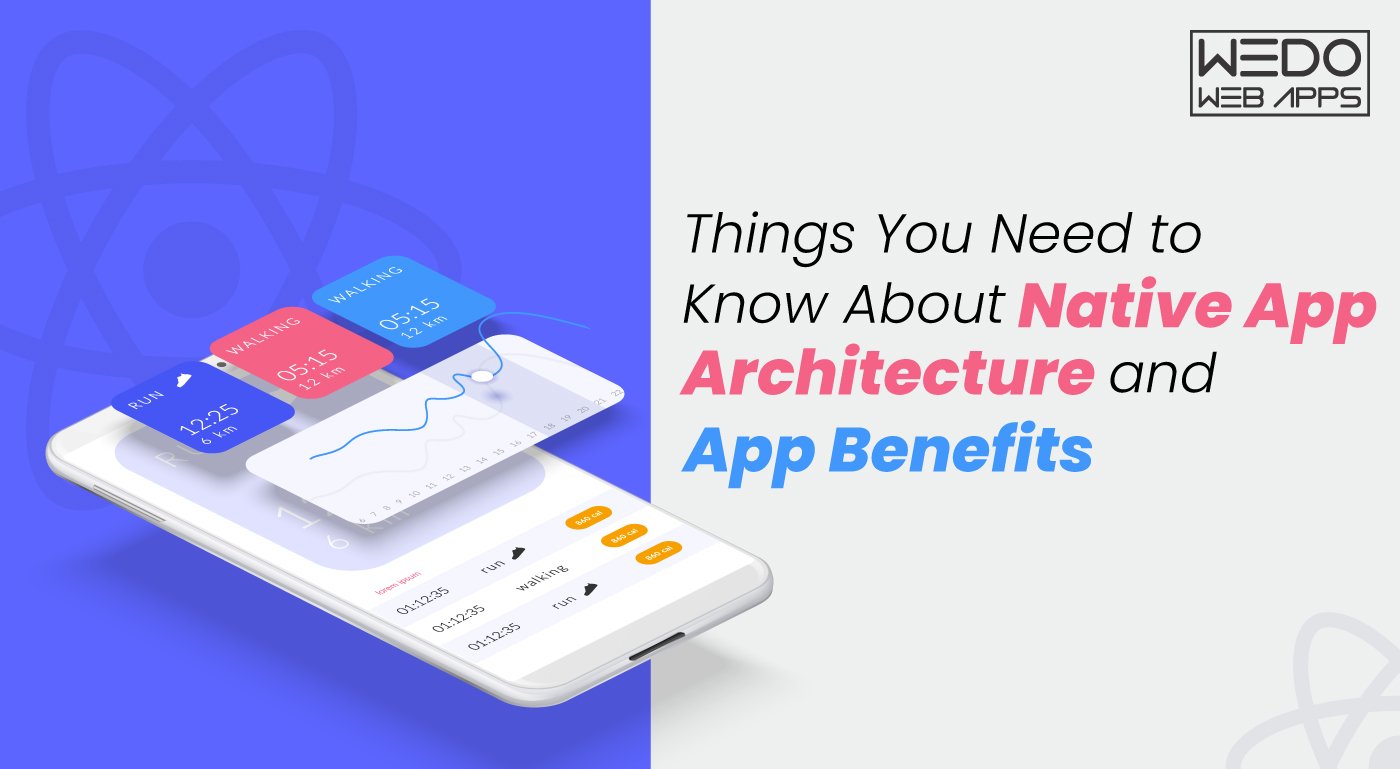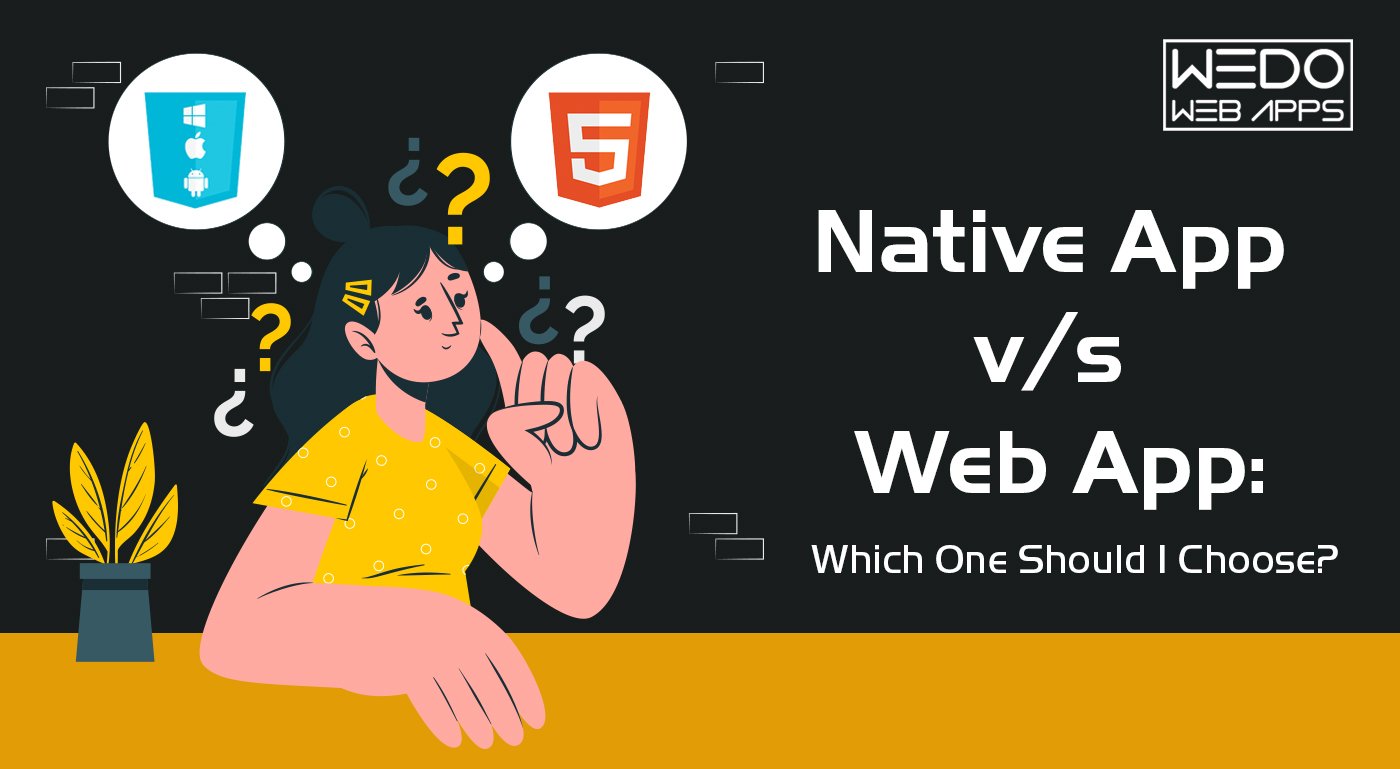If you contemplate the global market, business tactics, and consumer behavior, everything narrows down to one point – Mobile apps. It is like the second name of success because every business needs an app to stay connected with its widespread consumers. Whether it is about Native app development services or hybrid app development, a company tries its best to reach a targeted audience and assist them in whatever way possible. So the demand is likely to rise in future and here are some numbers concluded from a study. According to a survey conducted by Statista, the numbers of mobile app revenue going to increase a lot more than what it is now; have a look at the below results:
One cannot ignore the impact and significance this report brings to the business world. The development and design of your mobile app affect your entire business entity; however, the robustness and architecture of any app play a vital role in order to excel in the digital era of sales and marketing. Want to know about Native app architecture? Have some basic understanding from below given information:
Native mobile app architecture:
It takes a lot of things to develop an intuitive, engaging, and interesting mobile app for your targeted users. But, above all, architecture matters the most as it brings sturdiness, stability, and sustainability in a native app. App architecture is a set of aspects, techniques, and interfaces, and other structural elements. It also takes care of a mobile app’s design and overall behavior while processing the development work. The architecture of an app defines the roadmap and vision of its performance, without which an app has chances to fail.
Base of the app architecture
The structure of a native mobile app is divided into various layers such as the user experience layer, data layer, business layer, etc. There are many things before an app architecture reaches users and such components are essential for app architecture.
Presentation layer
A layer containing UI/UX elements of an app has everything to do about how an end-user will experience the app. So, the presentation layer is directly connected to users and crucial to have a user-friendly app. By understanding the persona and behavior of targeted as well as other audiences, one can create a path of presentation layer for mobile app development. Once the presentation layer is almost ready, the rest of the things like themes, fonts, colors, images, animations can be decided. So, the presentation layer plays an essential role after the base of the app architecture.
Business layer
This layer has all the fundamental workflows, including business entities and other relevant components. A developer needs to position the entire market structure and business logic of native mobile apps in this Business layer. For which problems your mobile app provides a solution? How will you render the answer to your users? How can you differ your product from the competitors? One needs to be ready with the strategies for these points in the business layer for a scalable mobile app architecture to reach success.
Data Layer
The design of a mobile app’s architecture should go hand in hand with an impressive strategy to manage user data. An app must enable efficient and easy use of the data but at the same time needs to deliver a secure system. Hence, the data layer is quite important. This layer contains many things like data utilities, service agents, and components that access app data.
Other things about app architecture
Besides the architecture layers mentioned above, some other imperative elements contribute to cohesion in order to gain desired results. For example, as a user can only use an app after downloading and installing the application on their respective devices, the architecture has its own rules and dependencies to support the platform. Also, business logic and workflow procedures are implemented according to the main goal of the app; and access permission, data storage, seamless performance, and security are integral parts of an app’s architecture.
To understand the architecture layers, we can consider some examples like mobile banking architecture that should take the data layer more seriously to fulfill the purpose. In contrast, any food delivery app or eCommerce app should have a presentation layer at its best to deliver excellence. Whatever the app is, architecture layers have everything to do from discovering a product to secure check out. The architecture changes as per the app requirements; for instance, a dating app and a social media app would have an app-specific structure for enhanced user experience.
Benefits of Native app development
You must be aware of the difference between native and hybrid mobile apps. A native app development company develops apps that work on a specific platform only, and a user can access it either through Google Play Store or App Store. However, Native app has some significant advantages, and that’s why so many popular apps like WhatsApp, Pokemon Go, and Spotify are using it. For more insight, let’s talk about the benefits of Native app development having such architectural components.
Improved performance:
High responsiveness and capacity of downloading all the content elements, including visuals, contribute to a native app’s loading speed. It is all possible with the assistance and support of a targeted device that pitches in for successful app performance. With every feature, the native app leverages available APIs. Hence, applications receive total support of operating systems and hardware to demonstrate the incredible performance of their native nature. Also, a native app interacts with other native APIs and does not depend on or involve other plugins. Due to lesser dependencies, native apps can execute operations faster than hybrid apps.
User engagement: One of the primary reasons for so many popular apps’ success is that user engagement is on the next level in native apps compared to hybrid apps. With UI components, native apps have the caliber to run smoother and quicker. By considering native SDKs – software development kits, one can have a clean, well-finished, and consistent feel of the native app. It can be a package for any user as they can experience seamless navigation and smart implementations of commands.
Easy customization: Native app development allows access to all the features and tools available in the OS and devices. This means customers can have the flexibility and freedom to craft exceptional solutions as per their requirements and desires. Apart from this, built-in testing tools make native mobile application testing effortless and stress-free. Developers can control errors on devices and address the causes with the help of remote error monitoring. Henceforth, you get a user-friendly, efficient, robust, and bug-free app that meets your business needs.
High-level Security: As native applications depend on technologies like HTML5, JavaScript and CSS, they tend to be more secure than their counterparts. If data privacy is your primary concern, native apps can provide you a safe environment. As developers do not need to maintain separate code-bases, native apps have fewer issues of bugs and other errors. Hybrid application development like Xamarin and Cordova uses tools to access hardware via a bridge, which might impact performance, speed, and ultimately, user experience. Contrary to that, the Native app provides a safer feel with better interaction and easy accessibility. More security means more demands, and more demands mean more downloads.
Conclusion: Mobile apps are handy, convenient, and easily accessible by users. Especially after 2020, when pandemic changed the perspective of a user and a provider as most things went online. Customers should be able to feel secure while interacting with a brand through a mobile phone. They should be able to trust the cutting-edge technology, tools, and the benefits they bring in day-to-day life. Moreover, mobile platforms are continuously coming up with innovative, extravagant, and advanced features for customer satisfaction. So, the information mentioned above will come in handy when you look for a native app development company to avail the same benefits.

